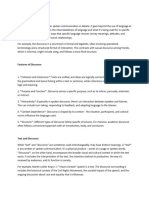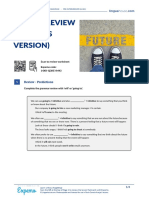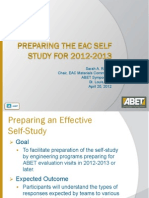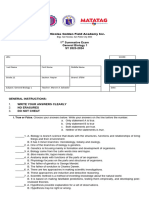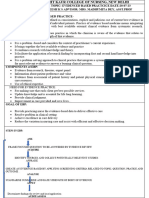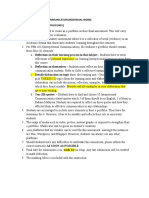0% found this document useful (0 votes)
9 views30 pagesUnit 1 Introduction To Discourse Analysis
This document provides an overview of discourse analysis and its relationship with linguistics, detailing various domains of linguistics such as phonetics, syntax, and semantics. It emphasizes the importance of context and social dynamics in understanding language use, highlighting the distinction between linguistic analysis and discourse analysis. Additionally, it outlines key concepts, types, approaches, and applications of discourse analysis in various fields.
Uploaded by
Kamal El OuallaleCopyright
© © All Rights Reserved
We take content rights seriously. If you suspect this is your content, claim it here.
Available Formats
Download as PPTX, PDF, TXT or read online on Scribd
0% found this document useful (0 votes)
9 views30 pagesUnit 1 Introduction To Discourse Analysis
This document provides an overview of discourse analysis and its relationship with linguistics, detailing various domains of linguistics such as phonetics, syntax, and semantics. It emphasizes the importance of context and social dynamics in understanding language use, highlighting the distinction between linguistic analysis and discourse analysis. Additionally, it outlines key concepts, types, approaches, and applications of discourse analysis in various fields.
Uploaded by
Kamal El OuallaleCopyright
© © All Rights Reserved
We take content rights seriously. If you suspect this is your content, claim it here.
Available Formats
Download as PPTX, PDF, TXT or read online on Scribd
/ 30
















